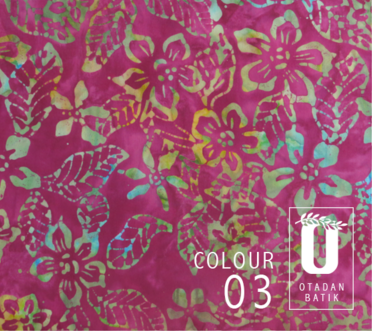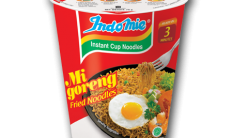Result of US, EU measures against China
Woven, knitwear exports rise by 23pc, 38.58pc in Oct-March period
5/16/2014/Financial Express
The country’s exports of woven garments and knitwear rose by 23 per cent and 38.58 per cent respectively during the October-March period of the current fiscal as a result of the safeguard measures by the US and the EU against China, reports BDNEWS.
The US and the EU imposed their safeguard measures against China for restraining the entry of its garment and textile items into their markets from mid-2005.
The restriction’s positive impact on Bangladesh’s export growth came to the fore after September last, the Export Promotion Bureau (EPB) sources said.
“The woven garments’ export growth is unbelievable compared to the previous trend, although the knitwear export saw such high growth earlier,” a market expert said.
According to the EPB’s statistics analysis, woven wear export continuously declined by 4.67 per cent, while knitwear export increased by 22.31 per cent during the nine months from January 2005 in the post-MFA (multi-fibre arrangement) period.
The EPB figures showed that the robust growth of woven export has taken place due to 34.87 per cent export growth in the US market, fetching $953 million (95.30 crore) in the last six months.
Bangladesh Garment Manufactures and Exporters Association’s (BGMEA) former president Annisul Hoque said, the garments export registered increase not only in the US market but also in the EU market recently due to the restriction imposed against China.
However, he said, “We would be facing hard time after 2014. We are surviving with the volume of exports, although the margin has reduced.”
Executive director of the D.net, a research organisation, Anonya Raihan said, the country’s garment export has increased due to the imposition of cap on some categories of the Chinese items as well as the Chinese exporters’ failure to maintain the quality of their products.
He apprehended that India had restructured its industries, which in turn has increased their competitive advantage in producing the exporting items similar to Bangladesh’s, and these will reduce the country’s export growth after 2014.
Araf Group Director Naimul Bashar Chowdhury said, “The woven exporters increased their production capacity in an unplanned way to maintain the high export growth, which will create problems during the rough time.”
The Asian Development Bank (ADB), in its latest report, projected that Bangladesh might face several medium-term downslides and long-term uncertainties due to the impact of the MFA phase-out.
This will be more evident from 2014 onwards, when the temporary safeguard quotas for China will expire, the report added.
However, ADB said, previously the probable effects of the quota elimination for Bangladesh was greatly exaggerated.





